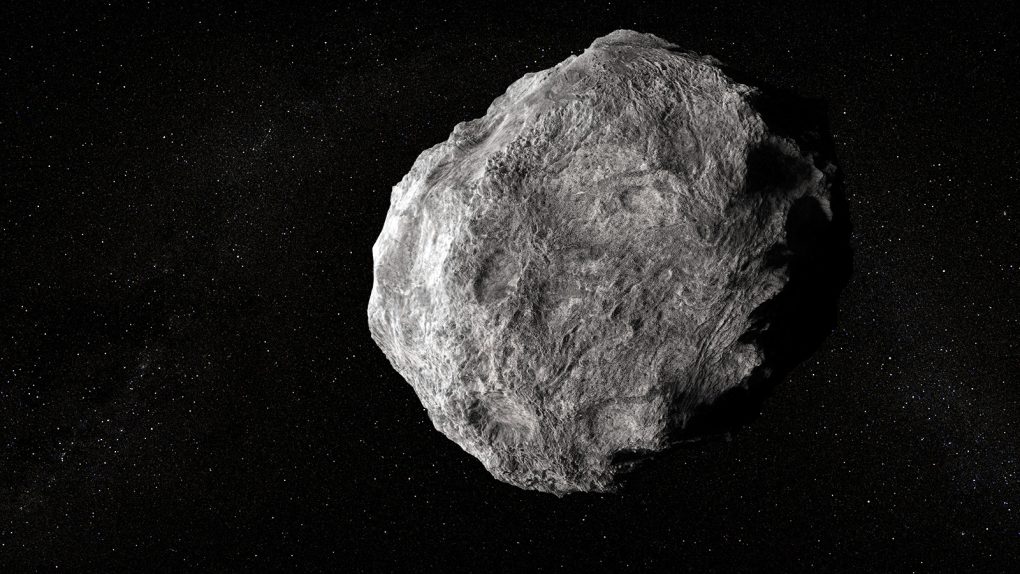The recent discovery of a new asteroid named 2023 FW13 is more than just a passing asteroid. According to new reports, the newfound asteroid is actually an ancient companion of Earth’s, a quasi-moon that has been orbiting within our planet’s vicinity since at least 100 B.C.
Further, astronomers believe that this newly founded quasi-moon will stick with Earth until at least A.D. 3700, meaning it will travel through the cosmos with Earth for several thousand years to come. Asteroid 2023 FW13 is in such an elaborate orbit, too, that it travels halfway out to Mars, and then halfway out to Venus during its orbit.
Scientists first discovered this intriguing asteroid on March 28, using the Pan-STARRS survey telescope. This telescope is perched on a dormant volcano in Hawaii and snaps photos of the night sky to try to identify new asteroids, planets, and stars. Asteroid 2023 FW13 is just one of many cosmic objects the telescope has spotted, including a comet as large as Mount Everest.
Astronomers believe asteroid 2023 FW13 shares a similar orbit to another quasi-moon that is known as Kamoʻoalewa (2016 HO3). The asteroid is estimated to be around 65 feet (20 meters) wide. While it sticks with Earth during its orbit, astronomers say that the Sun has a much higher influence on it.
However, Earth disturbs its orbit slightly, which is why it always hovers near our planet. It still travels around the Sun, orbiting the star at the center of our solar system in the same amount of time as Earth. And, each year, asteroid 2023 FW13 ventures within 9 million miles of our planet.
That’s still a long way out, as the Moon orbits around our Earth at just 223,693 miles when at its closest point. As such, there are no concerns about asteroid 2023 FW13 hitting Earth or causing any issues with our planet. The asteroid’s Earth-close orbit was first discovered by Adrien Coffinet, a journalist with Futara.
It’s possible that future missions to the quasi-moon could bring us more information about how big it is, and even what materials it comprised of.








